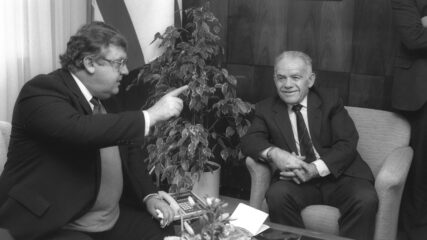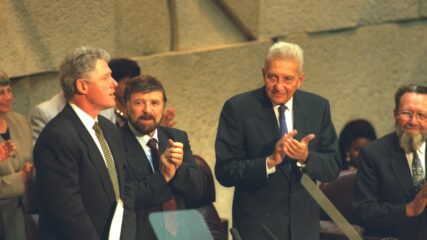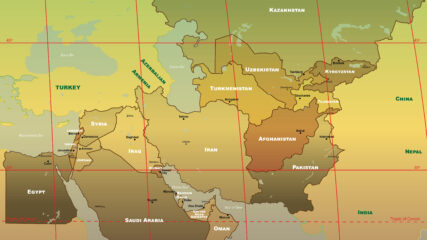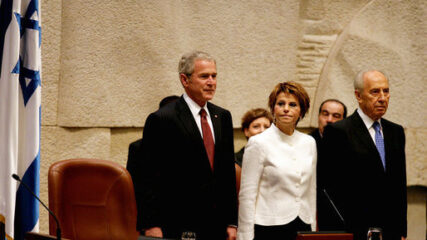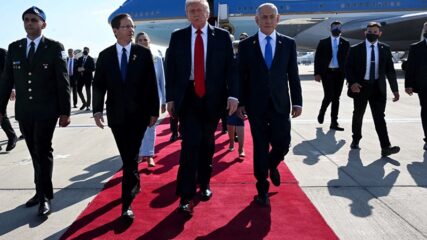Jews always have bound themselves together by committing to Torah values, taking care of one another, adapting to new settings, coping with persistently precarious living environments, and finding leaders who looked past immediate obstacles to see beyond the horizon — from Moses to Ben-Gurion, Weizmann, Begin, Meir and others. A training ground for Jewish state leaders emerged from centuries of surviving as minorities in ghettos, kehillot, millets and other groupings around the world. Before 19th century immigration to Palestine relinked Jews to their ancient land to engage in state-seeking, state-making and state-keeping, Jewish leadership skills were defined and honed. Since Theodor Herzl’s founding of the modern political Zionist movement in 1897, Zionist and Israeli leaders have displayed vision, formulated policies, innovated on political and military battlefields, and made compromises to go from Kiddush to Kiddush without too much Kaddish in between.
Jewish, Zionist and Israeli leadership has not been without clashes between ideologies and their proponents. Yet, under an umbrella of taking care of one another, despite differences on pathways to be taken and compromises to be made, perseverance survived multiple mistakes.
A case in point: Looking over the Jewish political reality in the late 1930s, David Ben-Gurion, the head of the Jewish Agency in Palestine, decided Britain was weakening as the power and influence of the United States grew. He understood that vast numbers of Jews in America needed to be persuaded to support political Zionism. From 1939 to 1945, he spent almost half his time convincing American Jews of the need for a Jewish state. Ben-Gurion’s look over the horizon, past the end of the brutal war, proved correct. The United States emerged, Great Britain retreated, and American Jewry became critical in the long-term support of the Jewish state.
To be sure, a vast stable of Zionist and Israeli leaders who never made it to the top of a political or military pyramid nonetheless led institutions, brigades, corporations, educational institutions, kibbutzim, religious communities and other entities. Despite many differences of opinion on strategies to move Jewish and Israeli interests forward, leaders persevered by promoting communal identity and the state’s well-being.


